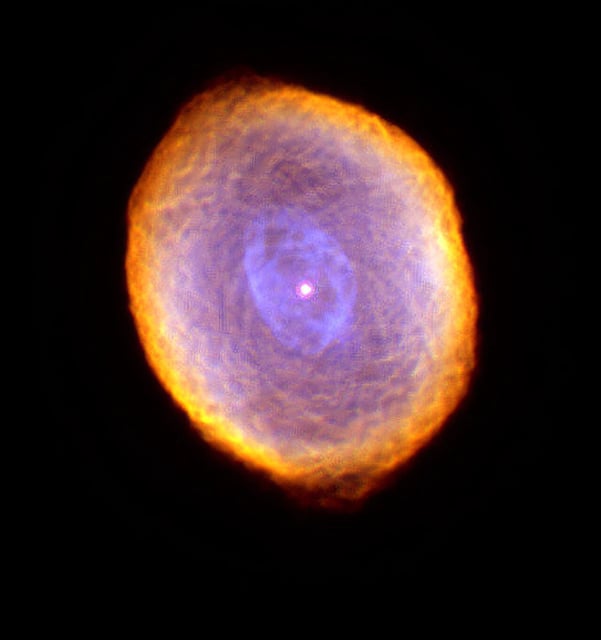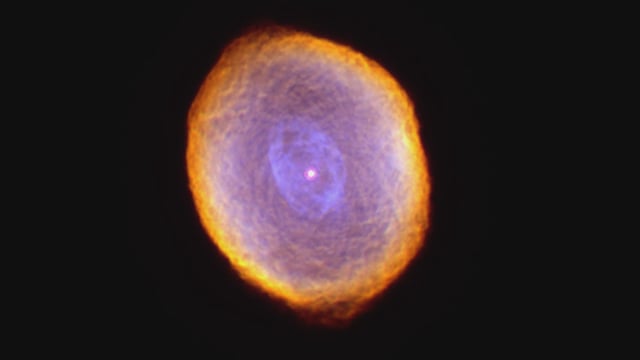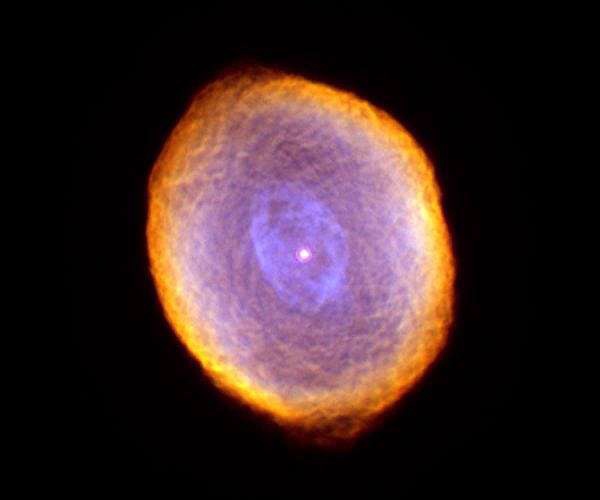Overview
- The peer‑reviewed study, published August 20 in The Astrophysical Journal Letters, reconstructs IC418’s evolution across 130 years.
- The nebula’s green oxygen emission has intensified by about 2.5 times since 1893.
- Its central star has warmed roughly 3,000°C—about 1,000°C every 40 years—making the changes trackable within a human lifetime.
- The measured heating outpaces any other directly observed typical star yet lags recent model predictions, pressuring theories on stellar aging and carbon production.
- Calibrated archival and modern observations enable mass estimates of about 0.57 solar now and an original 1.25–1.55 solar masses for the progenitor.


